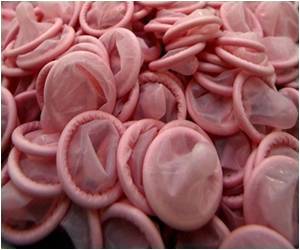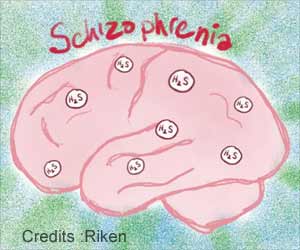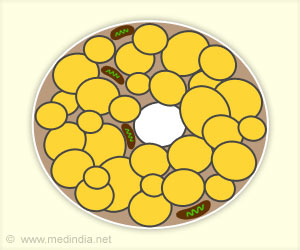The neural basis of being in the mood has been discovered in a new study, apart from the factors that determine the receptivity or rejection towards potential sexual partners.

The functioning of our bodies is maintained through a complicated system of hormonal signals and some of these signals vary along different physiological rhythms, such as the menstrual cycle. How do changes in hormone-levels affect the activity of individuals' brains and their behaviour?
Susana Lima at the Champalimaud Centre for the Unknown in Lisbon said that it is well known that the behaviour of female mice changes dramatically during the different phases of their reproductive cycle, called the Estrous cycle and responses to brief social interactions with males can result in radically different outcomes ranging from receptivity to aggression.
Lima added that in this study, they investigated the question "what is the neural basis that underlies these polar behaviours?" The researchers chose to focus their research on the hypothalamus, which regulates many instinctive behaviours, including feeding, sleep and sexual behaviour, says researcher Kensaku Nomoto.
Nomoto added that they recorded the activity of neurons in an area within the hypothalamus dedicated to socio-sexual behaviour. The activity of the neurons was observed while the females interacted with males or with other females.
The researchers found that the activity of these neurons changed dramatically depending on the reproductive state of the female. When the female was not in a receptive state, the activity of the neurons was similar for social encounters with males and females and when the female was in the receptive state, the activity of the neurons was enhanced only when interacting with males, said Nomoto.
Lima concluded that this is the first time that the activity of these neurons is recorded in naturally cycling females, where they investigated the effect of the reproductive cycle on neuronal physiology. It establishes that there is in fact a brain region where hormonal state and social interaction are integrated.
In humans, the effect of hormonal state on attraction and rejection is quite controversial, studies such as this one, may help shed light on the neural circuits that mediate these behaviours.
The study is published in the scientific journal Current Biology.
Source-ANI










